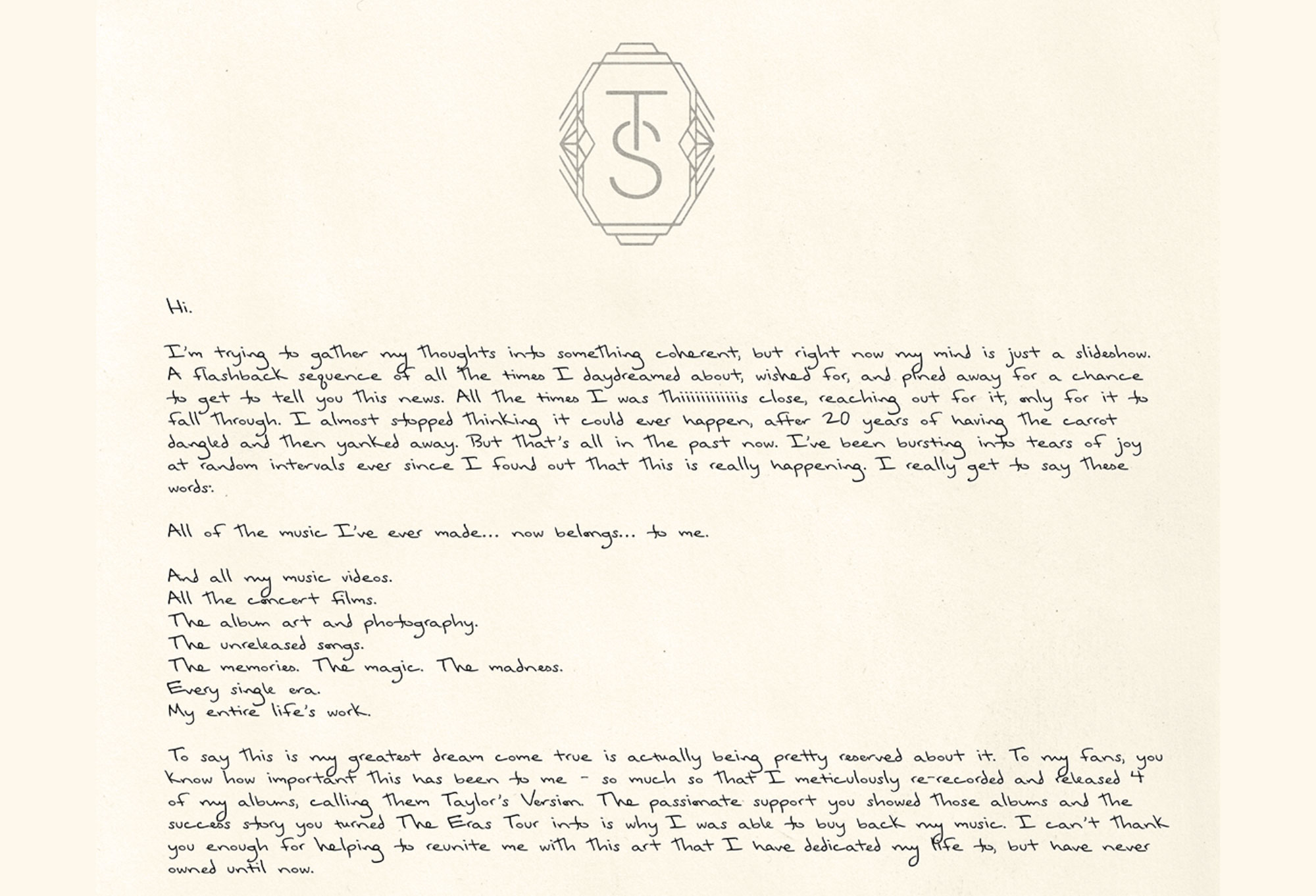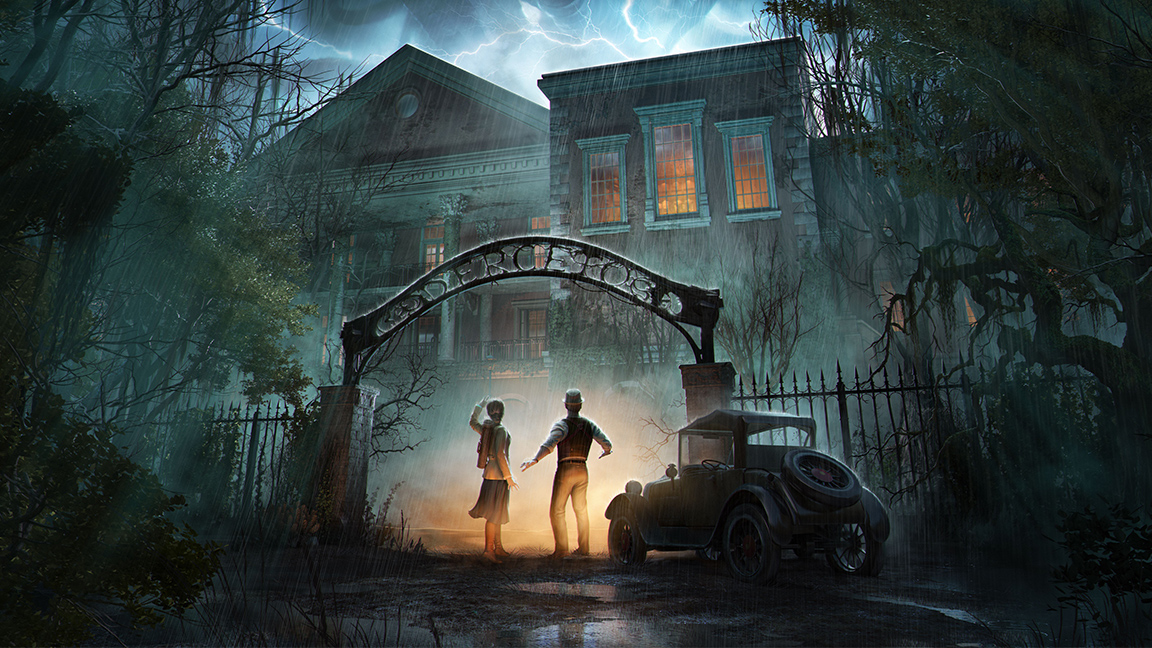
Publisher THQ Nordic
Developer Pieces Interactive
Platform Unreal Engine 4
Formats PS5, Xbox Series X/S, PC
Price £49.99
Release 20 March
Alone in the Dark launches later this week, on March 20th, and you can read my full review when the embargo lifts. This new Unreal Engine-made horror video game reimagined horror video game is based on the classic game of the same name, which was released in 1992.
This Lovecraftian tale brings together many influences from classic American Gothic horror to the atmospheric dread of True Detective. The game's developer Pieces Interactive even manages to name-drop Wes Anderson and David Lynch as influences - that may sound weird, but I've finished the game four times already and, yes, from colour use to environment design both directors are clear influences.
Set in a 1920s asylum, an old plantation manor called Derceto on the outskirts of New Orleans, Alone in the Dark is a story-driven horror adventure following the trials of Emily Hartwood (played by Jodie Comer) and Edward Carnby (voiced by David Harbour) as they search for the missing Jeremy Hartwood - hint, he's not in a good place.
Alone in the Dark will release on all the best games consoles and PC later this week (if you're a fan of the original and love old games read my guide to the best retro consoles). While you anticipate stalking the halls of Derceto to uncover its nightmare secrets, read my interview with art director Rikard Ryberg on how the game was designed and made.
How did the art direction of Alone in the Dark draw inspiration from classic horror films and literature?
Early on we drew inspiration for the overall tone and mysticism from the movie Angel Heart from 1987. It has this gritty low key southern gothic tone going which we believed would be a good fit for our game. We also took a lot of southern gothic inspiration from True Detective season 1 as well.
Noir films have inspired us in terms of using heavy volumetrics and strong contrasts.
Lovecraft's novels have been of big inspiration especially when it comes to some of the weirder architectural designs we have. Not horror movies, but we were also inspired by Wes Andersson's visual style and eccentricity to some degree which you mostly can see in the interior design of the Derceto.
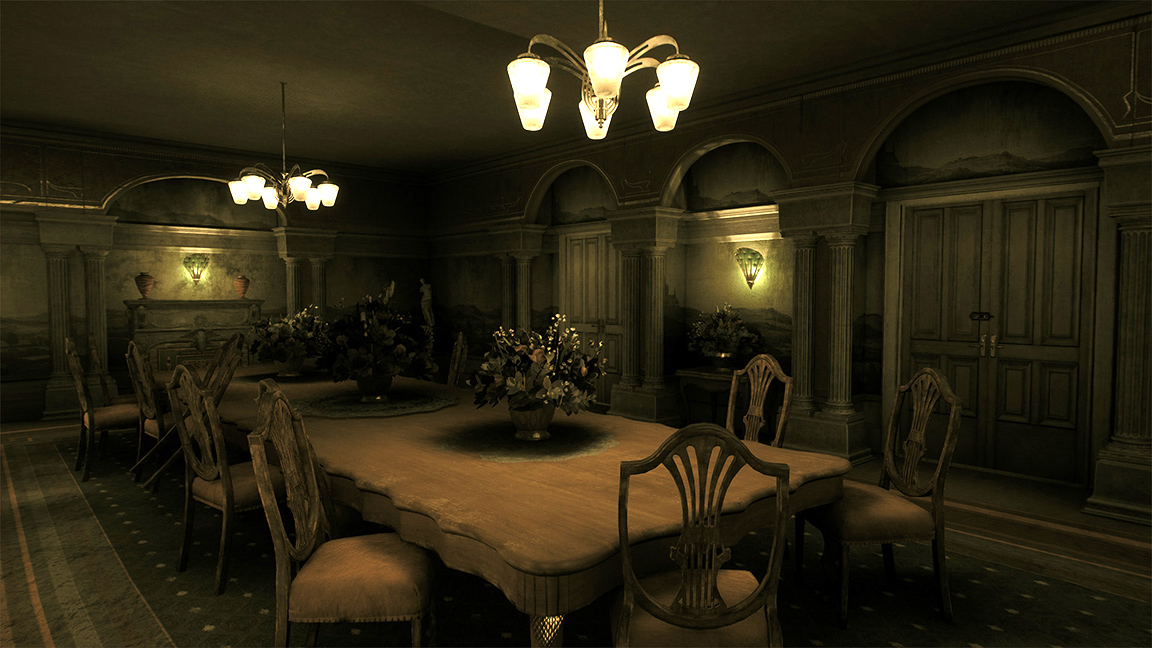
What advancements in technology were employed to create the immersive environments and atmospheric lighting in Alone in the Dark?
Using Unreal we already had a good head start, especially when it comes to setting up the volumetrics and lighting. Biggest concern was to hit our performance targets while maintaining the high-quality bar of the visuals. It is a lot easier to make something look moody and cinematic when on a high target for sure.
This is not a remake or remaster but a reimagining, so does this give you more freedom to explore the Alone in the Dark lore?
Yes, for sure. It gave us a lot of freedom to come up with new fresh ideas that fit a modern game but at the same time pick and choose from this old box of ideas from the original game and try to marry them as best as possible.
For example, we decided early on what the base narrative looked like and that it would feature the house itself (Derceto). Knowing that, we tried to incorporate as many rooms from the original as possible but at the same time make sure to do it in a totally reimagined way.
What influenced the character and enemy design in the game?
For characters we were really keen on making the clothes designs as period appropriate as possible. So we drew a lot of inspiration from the 1920s to early 30s fashion with flapper styles and noir films to have something that could come straight out of The Great Gatsby.
We still had limitations on what we could do but I think it turned out really good with all the dresses and suits. A big shout out to Amr Mohammed, animation director on the game, for sticking to the plan developing the cloth simulation tech.
For the actual character designs we stuck to a classic look, golden age of cinema inspired, getting those strong character traits going. And not to forget, a few of the character designs are of course inspired by the old game to some degree. With these we tried to pay homage and still add a new fresh take on them.
Monster designs were designed in cooperation with monster designer Guy Davis and a big part of that process was to let Guy design the monsters with as free reins as possible without us giving him too many visual cues. With that said, the baseline is that they are inspired by nature and would sort of spawn from there. They do of course find a good amount of inspiration in the Lovecraftian mythos as well.
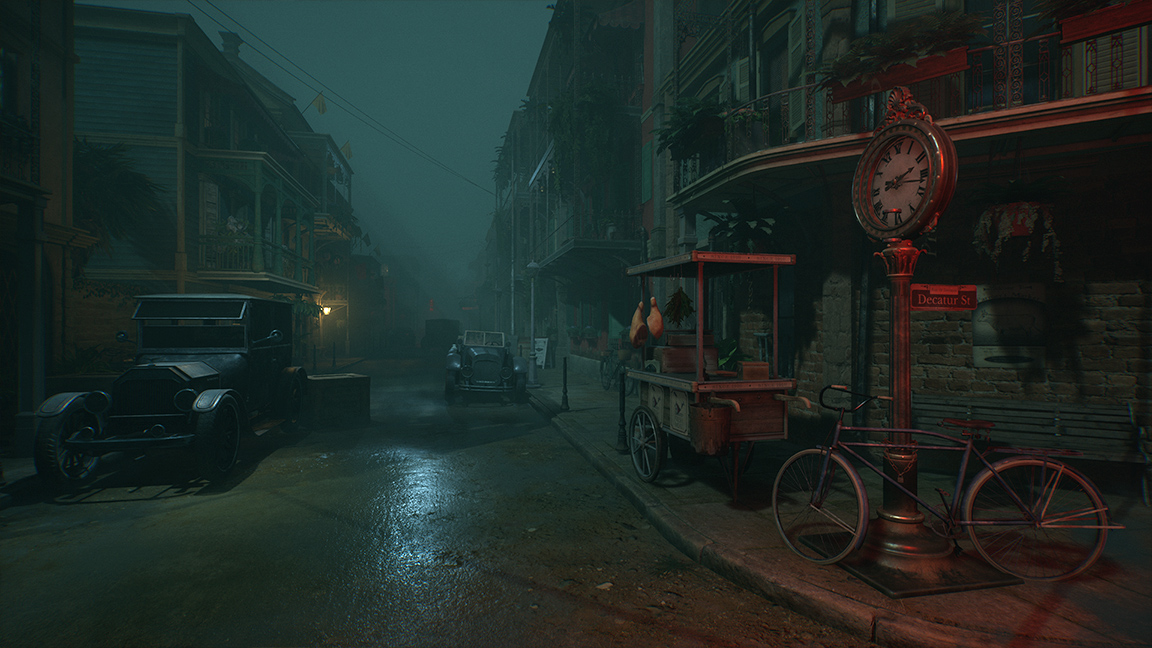
How did the development team utilise motion capture technology to bring characters to life in Alone in the Dark?
Our internal animation department used the XSens mocap system to make the gameplay animations and some of the cinematic sequences. In short XSens is a sensor driven mocap system that lets you capture movement without cameras.
Moreover we partnered with metricminds which is a cinematic focused studio also under the THQNordic umbrella. Metricminds did all the cinematic work including cinematic direction, layout, mocap, integration and polish. It is a tremendous task for 120 minutes of cutscenes.
The performance mocap was split between facial and body mocap separately. For facial mocap we used FaceWare with great results.
What specific challenges do you face when creating a horror game?
When doing this for such a long time as we have done in this project it's quite hard to disconnect yourself to see how far - or not - to go with the different elements at your disposal when doing horror.
Going more into a specific topic, I think pacing and timing is hard to nail as it is a very iterative process involving a lot of different disciplines and it can be a very advanced and difficult task.
Moreover it has been difficult to make sure we stay in our kind of horror that is just the slot before going into a terror horror realm.
How did the team balance realism with stylisation in the character and environment design of Alone in the Dark?
It's very case by case, and very player experience driven I would say. We're leaning in the realistic corner when it comes to individual characters, materials, environments / props and so. But depending on how the player experience should be, we have shifted aspects around.
So for example we have very different and stylised moods in certain levels which are intended to add a disruption and to convey a different feeling for the player.
Another example would be this level where we have a realistic environment in general depicting a historical event but we have exaggerated the height of the walls to add a sense of pressure and claustrophobia. In short, I would say it's a mix but it's always in the realm of believability.
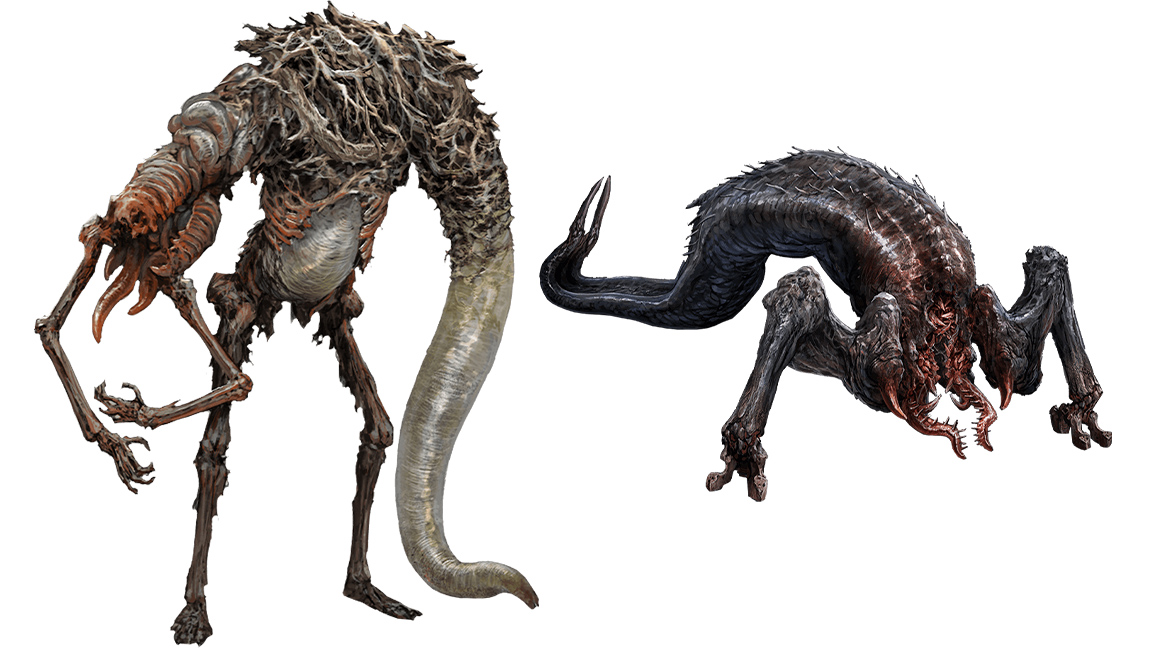
Can you discuss any unique artistic techniques or approaches used to evoke a sense of fear and suspense in the game?
Without spoiling, we have these large otherworldly events happening throughout the game. They usually happen during otherwise calmer investigative periods so I would say they add quite a lot of fear and suspense.
What role did player immersion play in shaping the decision-making process behind the game's art direction and technical implementation?
One key pillar for the art, and the whole game, has been 'Grounding' or 'Grounded'. This means we need to make sure to ground the player in the game world. Technically this means we have a lot of systems triggering different outcomes depending on what is happening around the player.
For example, we have different weapon shot hit decals depending on material getting hit, feet getting grounded correctly, wet and muddy feet decals, stuff getting destroyed when shooting them, player bumps into objects and they fall, the player character looks at interesting objects when moving through the environment, clothes move believably when the character moves and interacts with wind among others.
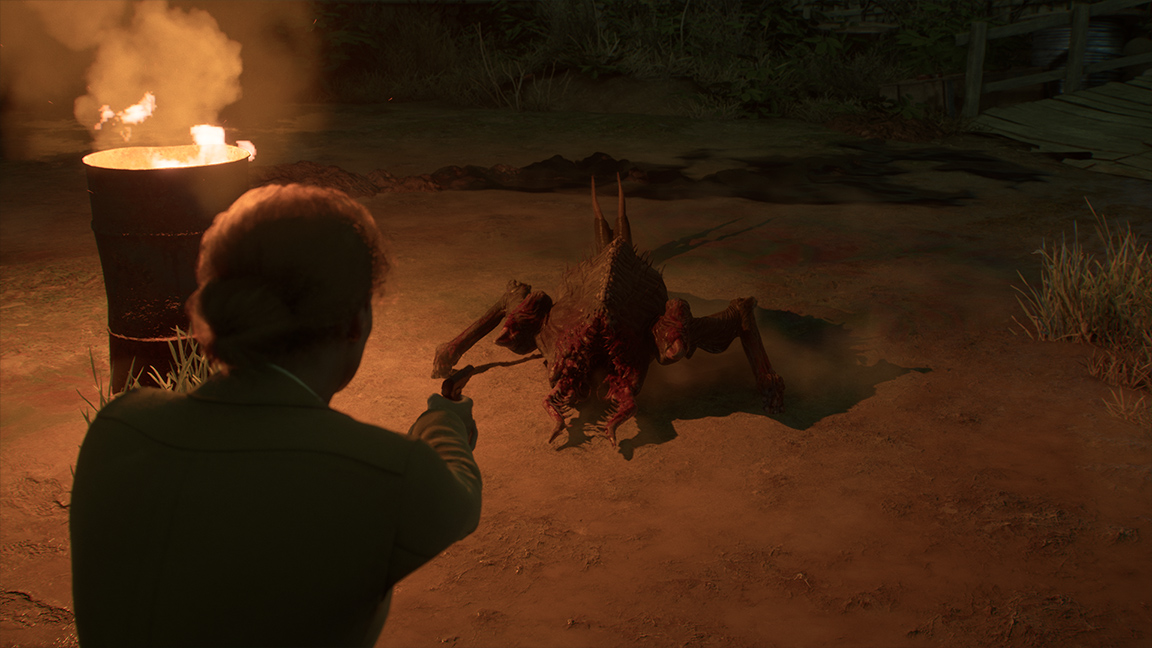
How does Alone in the Dark leverage next-gen gaming hardware to push the boundaries of visual storytelling in the horror genre?
We use a lot of volumetric effects to add extra atmosphere and noir-tone. Moreover, being able to use solutions such as a high degree of dynamic lighting while still keeping a high visual bar helps us to do these quick horror events where the player is "transported" to a totally different place in an instant. Character wise our advanced facial rigs let us do a lot of facial expressions that help to convey a wider range of emotions of our characters.
If you want to go behind the scenes on more new video games, read my feature on making Harold Halibut, the stop-motion animation game inspired by Wes Anderson and Monkey Island. If you want to play Alone in the Dark maybe consider upgrading to a new PC, here's our list of the best gaming PCs and the best graphic cards.
Get the Creative Bloq Newsletter
Daily design news, reviews, how-tos and more, as picked by the editors.

Thank you for reading 5 articles this month* Join now for unlimited access
Enjoy your first month for just £1 / $1 / €1
*Read 5 free articles per month without a subscription

Join now for unlimited access
Try first month for just £1 / $1 / €1

Ian Dean is Editor, Digital Arts & 3D at Creative Bloq, and the former editor of many leading magazines. These titles included ImagineFX, 3D World and video game titles Play and Official PlayStation Magazine. Ian launched Xbox magazine X360 and edited PlayStation World. For Creative Bloq, Ian combines his experiences to bring the latest news on digital art, VFX and video games and tech, and in his spare time he doodles in Procreate, ArtRage, and Rebelle while finding time to play Xbox and PS5.
